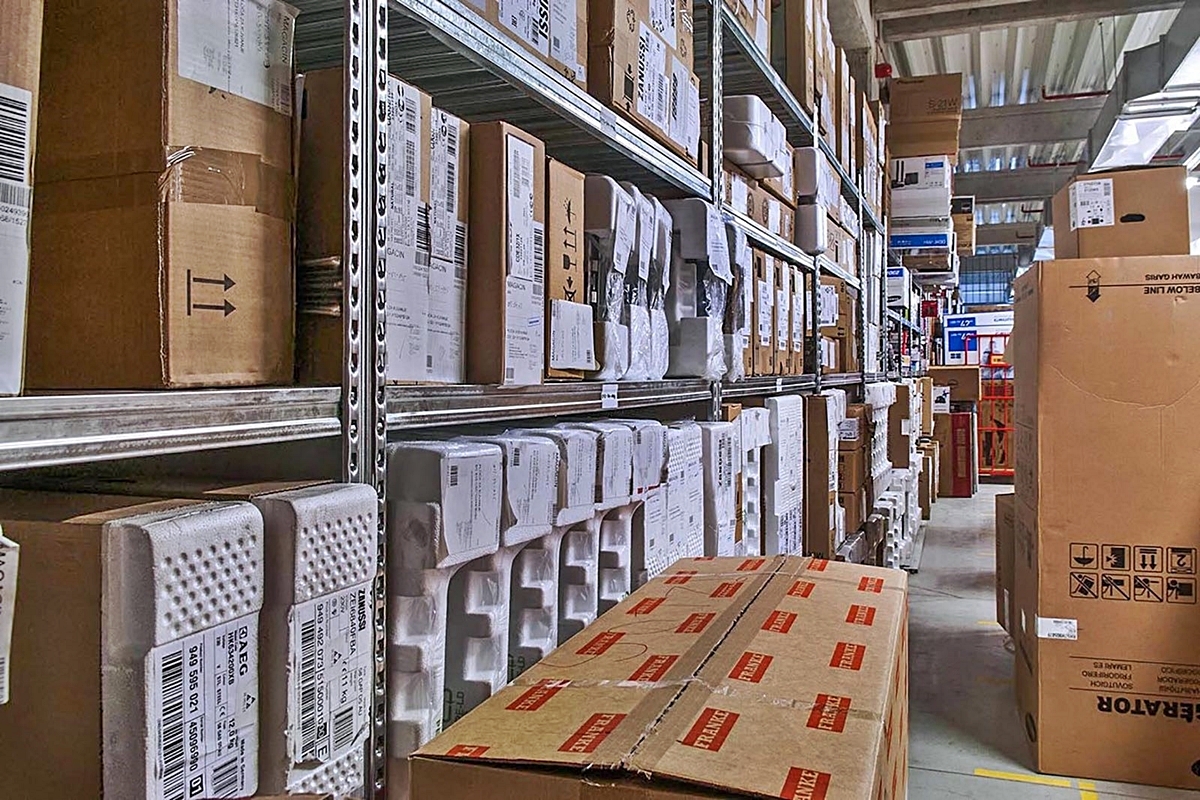Warehouse management is one of the cornerstones of a business's logistics success. As product variety and volume increase, effectively utilizing space becomes critical for reducing costs, speeding up order fulfillment, and maximizing labor efficiency.

A poorly planned warehouse can place a heavy burden on businesses in terms of both time and cost.
However, by strategically organizing your warehouse, it is possible to store more products in a smaller area, improve inventory control, and boost operational efficiency.
So, how can you maximize your warehouse space? Here are 7 effective strategies:
1. Analyze Your Warehouse Space and Plan Properly
The first step to achieving efficiency is to conduct a detailed analysis of the current space.
Elements such as ceiling height, width, entrance/exit points, natural light sources, and forklift pathways must be considered when creating a layout plan.
Key actions:
- Create a warehouse floor plan and identify dead zones.
- Establish internal traffic flow and place product groups accordingly.
- High-turnover products should be stored near the entrance, while slower-moving stock can be placed at the back.
2. Use Vertical Space: Make the Most of Height
One of the biggest mistakes in warehouse management is utilizing only the horizontal space.
Vertical usage can nearly double storage capacity.
Implementation ideas:
- Install multi-tier racking systems to maximize use of high ceilings.
- High-bay racking can bring even the highest points into functional use.
- Mezzanine floors can be installed to separate different product categories across different levels.
3. Choose and Customize the Right Racking Systems
Not every product requires the same type of racking.
Pallet racking for heavy loads, steel shelving for lighter items, and flow racks for fast-moving goods should be selected accordingly.
The modularity of the racks is also crucial.
Things to keep in mind:
- Modular racks can be reconfigured based on changing needs.
- Rack spacing and height should be adjustable according to warehouse dynamics.
- Securing racks to the floor ensures both safety and stability.
4. Categorize Products and Implement Labeling
Being able to quickly find products saves both time and labor.
Therefore, logical classification and effective labeling are essential within the warehouse.
Suggestions:
- Use the ABC analysis to group products into fast (A), medium (B), and slow (C) movers.
- Products grouped into categories should be stored within their designated areas to prevent confusion.
- Implement barcode systems and digital inventory management for easier product tracking.
5. Use Warehouse Management Systems (WMS)
Technology is indispensable for taking warehouse efficiency to the next level.
A Warehouse Management System (WMS) allows you to monitor and control all stock movements digitally.
Advantages:
- Immediate answers to "Where is this product?"
- Reduces manual errors.
- Monitors stock levels in real time, minimizing risks of overstocking or stockouts.
- Shortens order picking times.
6. Create Flexible Storage Areas
The same product group may not require the same space throughout the year.
Especially in e-commerce and retail sectors, you must be prepared for seasonal fluctuations.
Applications:
- Use mobile shelving systems to allow flexible warehouse layouts.
- Create temporary storage areas for seasonal products.
- Adjust shelf spacing dynamically to accommodate different product heights.
7. Optimize Operational Processes: Time = Space
Warehouse efficiency is directly related not only to space management but also to time management.
- Define fluid workflows for receiving, storing, picking, and shipping.
- Minimize cross-traffic, narrow aisle congestion, and routing errors during picking.
- Guide personnel with operational maps and directional signage.
Efficient Warehousing = Efficient Business
Maximizing warehouse space utilization directly impacts a business’s competitive advantage.
- Proper planning,
- Smart racking systems,
- Technological integration,
- Continuous monitoring and flexible solutions
are the keys to building a high-performance warehouse.
A New Era in Storage Efficiency with Setraf
At Setraf, we optimize your warehouse spaces with our industrial racking systems, lightweight and heavy-duty storage solutions, and flexible design structures.
We are here to turn every square meter into efficiency and every rack into added value.
When the right racking system meets the right warehouse strategy, your business grows!






